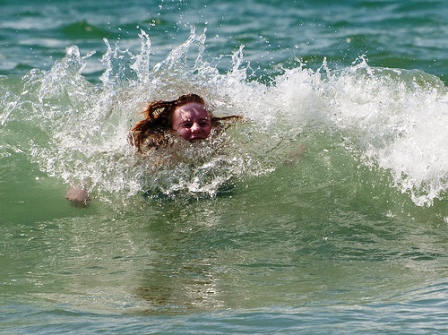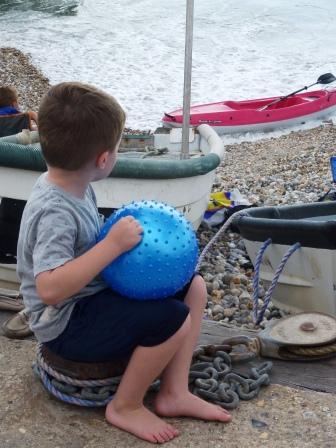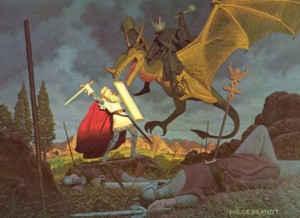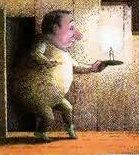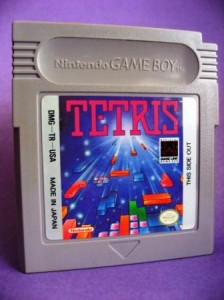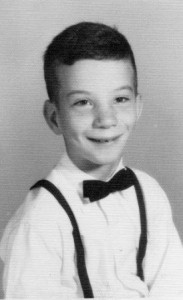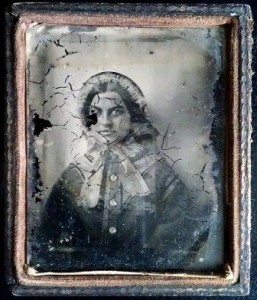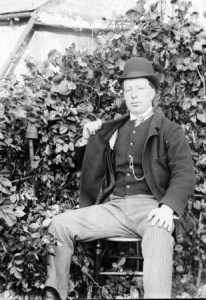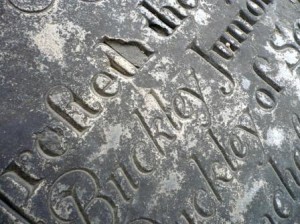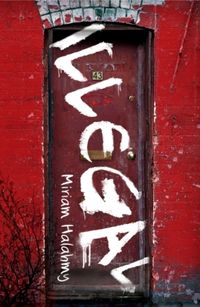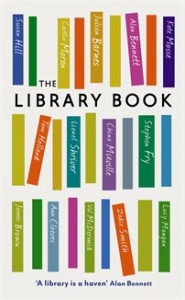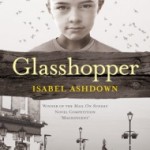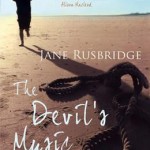I’ve just been for a refreshing swim in the Solent. Whilst I was splashing about and enjoying the waves, I thought about The House with No Name and our seaside retreats venture. How do I get it going?
I really don’t want to be a pushy, self-promoting twonk but I do want people to know about it. I had found that no-one knew in the village about my B&B – and even worse, if they had, they would have told visitors. I don’t want that to happen with this enterprise. I can’t afford it to.
And on the other side of the process, I have had such conflicting advice about running a B&B or guesthouse. I’ve also had a variety of experiences. How do I decide what to do for the best?
The only way as far as I can see to combine integrity with our coastal retreat business is a commitment to provide what our guests really want. A commitment to help, to nurture and to find out what truly works for them.
I was thrilled when Lynn Breeze commented:
involving us all in this way makes us feel a part of it too
That’s just what I want.
The same goes for the promotion of our seaside retreats. I can’t be like a barker in Leeds covered-in market bawling out her wares (much as I admire the brash energy of such an approach). To find the energy to keep putting our venture forward, I have to believe in what I’m doing. It has to be honest.
Partly, I am inspired by the lovely and very astute Deborah Dooley.( If you need a sojourn deep in the heart of the Devon countryside, I particularly recommend her ancient house for its welcoming atmosphere and delectable fire.)
Her approach to advertising Retreats for You is straightforward. She simply communicates what she’s been doing. It’s genuine and engaging and gives you a good sense of what’s she’s about. Imitation is the sincerest form of flattery – and I hope she won’t mind me doing something similar.
So
- I will jabber on enthusiastically about what I’m up to
- I will ask questions – repeatedly
- I will value any comments and suggestions from you lovely lot
- PLEASE tell me what you want

